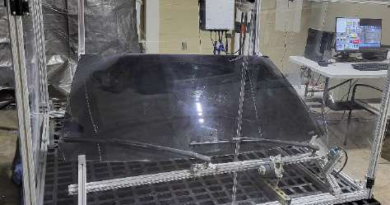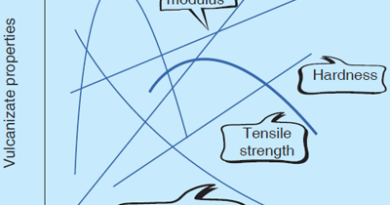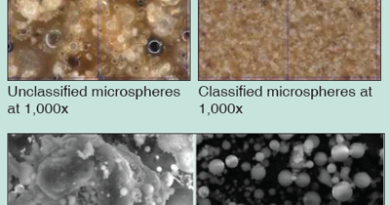The integration of artificial intelligence (AI) into various industrial sectors has spurred remarkable progress in the field of manufacturing process development. This concept has been extended to polymer compound formulations, where AI techniques have been used to optimize rubber formulations as well. Furthermore, it is conceivable that mixtures of other polymers, such as TPEs, thermoplastic materials or polyurethane compounds, could be similarly treated. Advantages of employing AI driven tools include reduced development time, enhanced efficiency and increased accuracy.
Read More









